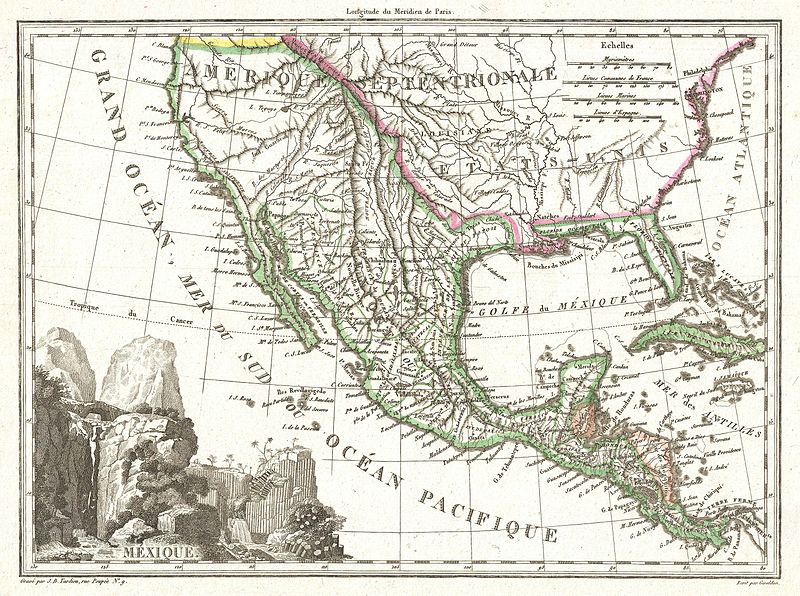Poinsettia History
go.ncsu.edu/readext?218338
en Español / em Português
El inglés es el idioma de control de esta página. En la medida en que haya algún conflicto entre la traducción al inglés y la traducción, el inglés prevalece.
Al hacer clic en el enlace de traducción se activa un servicio de traducción gratuito para convertir la página al español. Al igual que con cualquier traducción por Internet, la conversión no es sensible al contexto y puede que no traduzca el texto en su significado original. NC State Extension no garantiza la exactitud del texto traducido. Por favor, tenga en cuenta que algunas aplicaciones y/o servicios pueden no funcionar como se espera cuando se traducen.
Português
Inglês é o idioma de controle desta página. Na medida que haja algum conflito entre o texto original em Inglês e a tradução, o Inglês prevalece.
Ao clicar no link de tradução, um serviço gratuito de tradução será ativado para converter a página para o Português. Como em qualquer tradução pela internet, a conversão não é sensivel ao contexto e pode não ocorrer a tradução para o significado orginal. O serviço de Extensão da Carolina do Norte (NC State Extension) não garante a exatidão do texto traduzido. Por favor, observe que algumas funções ou serviços podem não funcionar como esperado após a tradução.
English
English is the controlling language of this page. To the extent there is any conflict between the English text and the translation, English controls.
Clicking on the translation link activates a free translation service to convert the page to Spanish. As with any Internet translation, the conversion is not context-sensitive and may not translate the text to its original meaning. NC State Extension does not guarantee the accuracy of the translated text. Please note that some applications and/or services may not function as expected when translated.
Collapse ▲
The poinsettia has a long history of cultivation starting with the Aztecs in Mexico. The poinsettia is called cuetlaxochitl by Native Americans and this woody shrub to small tree is native to the tropical areas of southern Mexico and Central America. The Aztecs made a reddish dye from the bracts and a medicinal preparation from the latex. It was widely cultivated in gardens.
In the 17th century, Franciscan priests began using the flower in the Fiesta of Santa Pesebre nativity procession. Since the plant flowered naturally during the Christmas season, it became readily linked with the holiday.
The poinsettia was introduced to the United States in 1825 by Joel Poinsett, the first U.S. ambassador to Mexico. The name poinsettia is derived from his name. The botanical name for the poinsettia is Euphorbia pulcherrima.
Albert Ecke began growing poinsettias as a cut flower after moving to Hollywood in 1906 and starting a cut flower farm. After moving to Encinitas, CA, the Ecke family focused on field-grown poinsettia mother plants, which were shipped throughout the country via railroad box cars.
According to the University of Colorado, active breeding of the poinsettia began in the 1950s in an effort to develop cultivars that would retain their leaves and bracts for a longer period. Early breeding efforts included those of Mikkelsen of Ohio (Mikkelsen series), the Heggs of Norway (Hegg series), as well as those of the Ecke family (Eckespoint series). The Fischer family, a German breeder, has also contributed many cultivars to the poinsettia tradition. These breeding programs focused on stronger stems, leaf and bract retention, multiple branching, earlier blooming, and color variation.


